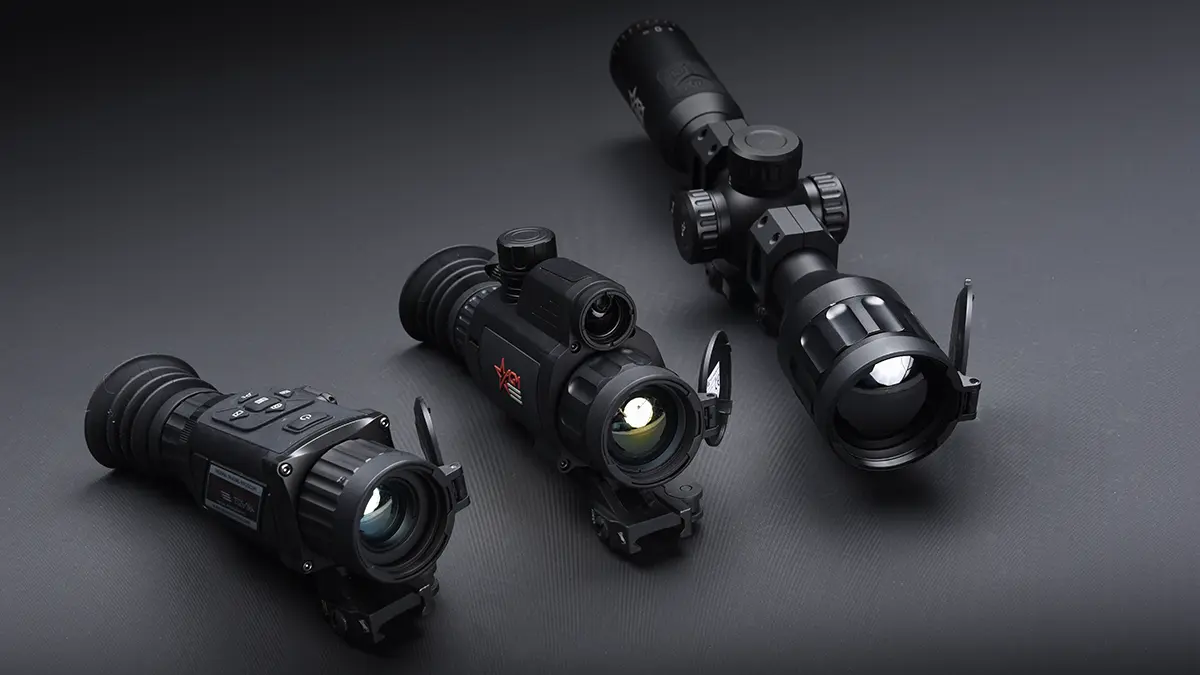
This product is not exportable outside the United States.
By adding this item to cart, you agree and acknowledge the Export Policy and confirm that you are a person in the United States with no intentions to illegally export the device.
This product is not exportable outside the United States.
By adding this item to cart, you agree and acknowledge the Export Policy and confirm that you are a person in the United States with no intentions to illegally export the device.


0

0


Thermal Optics or Thermal Imaging devices are essentially cameras capable of detecting and displaying temperature variations in the environment around you. You could say that Thermal Optics give the user “heat vision” (not the kind that gives you the ability to shoot lasers from your eyes.) But the ability to see the thermal radiation that certain objects, people, and animals, emit as they release energy in the form of heat.

The basic function of thermal optics involves modern technology all packaged up in a system just like what you would see in a digital camera, but with a few key differences.
The basic components of a Thermal Optic consist of the following:
Thermal Scopes are designed to be mounted directly to your firearm and look similar to traditional scopes seen in the optics industry. Thermal Scopes typically have features such as magnification for longer-ranged shots, recording capabilities, focusing lenses to get clearer images at different distances, and mounting solutions for different weapon types. Most Thermal Scopes will be equipped with lens covers to protect the valuable lenses and sensors within the scope when not in use.
Thermal Binoculars are handheld devices designed for scouting, detection, ranging, and more. Thermal Binoculars are normally carried on your person or mounted on a tripod for added stability. Many users prefer Binoculars for the reduced eye strain and comfortable feel to those of traditional binoculars along with other added benefits such as a wider field of view. A larger housing for dual tube binoculars means sometimes means there will be more room for additional features such as laser range finding and GPS modules like the AGM Voyage
Thermal Monoculars are just like thermal binoculars but with one tube instead of two. Thermal monoculars are much lighter and easily portable. The length and size of thermal monoculars vary widely to accommodate different applications and uses.
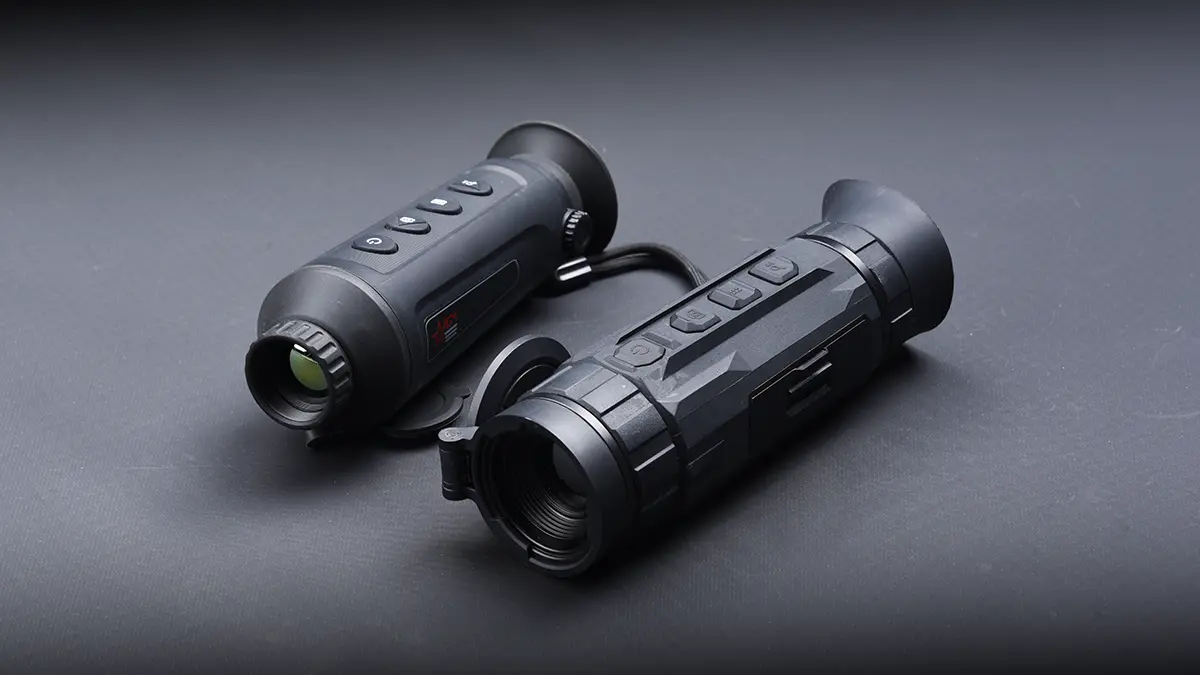
Clip-on thermal scopes are designed with the unique ability to be attached to the front of your traditional optic essentially converting your daytime use scope to a thermal scope. With the correct adapters, Clip-On Thermal Systems can be mounted directly to the objective lens of your scope or they can be mounted onto your Picatinny rail in front of your optic. They can also be detached quickly and used as a standard handheld thermal device. Many hunters and tactical operators like to utilize thermal clip-on systems if they’re in situations where they either don’t want to replace their main scope, or possibly switch back and forth between a normal optic and thermal imaging.
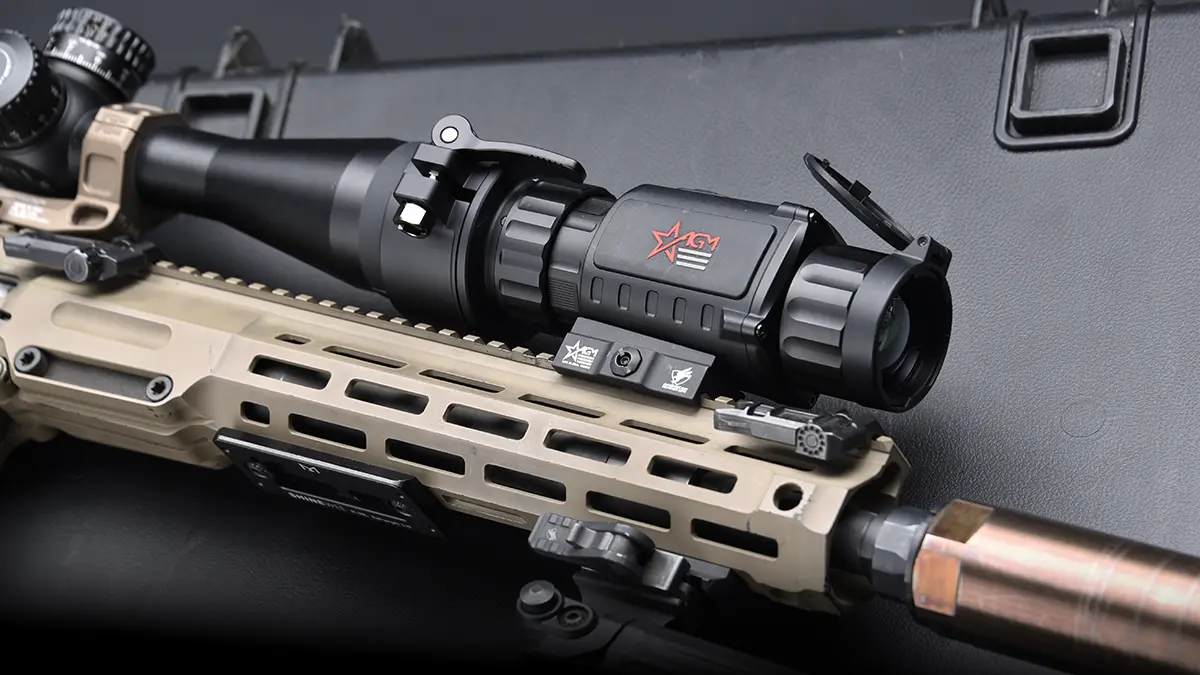
As explained above, thermal sensors detect the infrared light and with the help of the processor, convert it into visible pixels. Different thermal sensors are more or less affordable depending on the quality of the sensor itself. The quality of the sensor is commonly determined by the number of pixels a sensor has. This is known as sensor resolution. The more pixels or the higher the pixel density, the better the resolution will be.
A benefit of having a higher resolution is that you’ll have better images when using optical zoom features.
Lower resolution or entry-level cameras are great for their price within closer ranges. As the resolution increases, it becomes easier to detect temperature variations at further distances.
Putting two cameras with two different resolutions and lens sizes is the best way to visually notice the difference. That can be seen with the videos provided HERE
Lens sizes help collect the light and direct it toward your thermal sensor so it can do all of its magic. When deciding which Thermal scope to go for it's important to pay attention to the lens size.
A smaller lens size will give you a wider field of view (How much of the landscape you can see within the frame of your scope) compared to something with a larger lens.
But a smaller lens size will also mean you will have a smaller base magnification compared to a thermal scope with a larger lens.
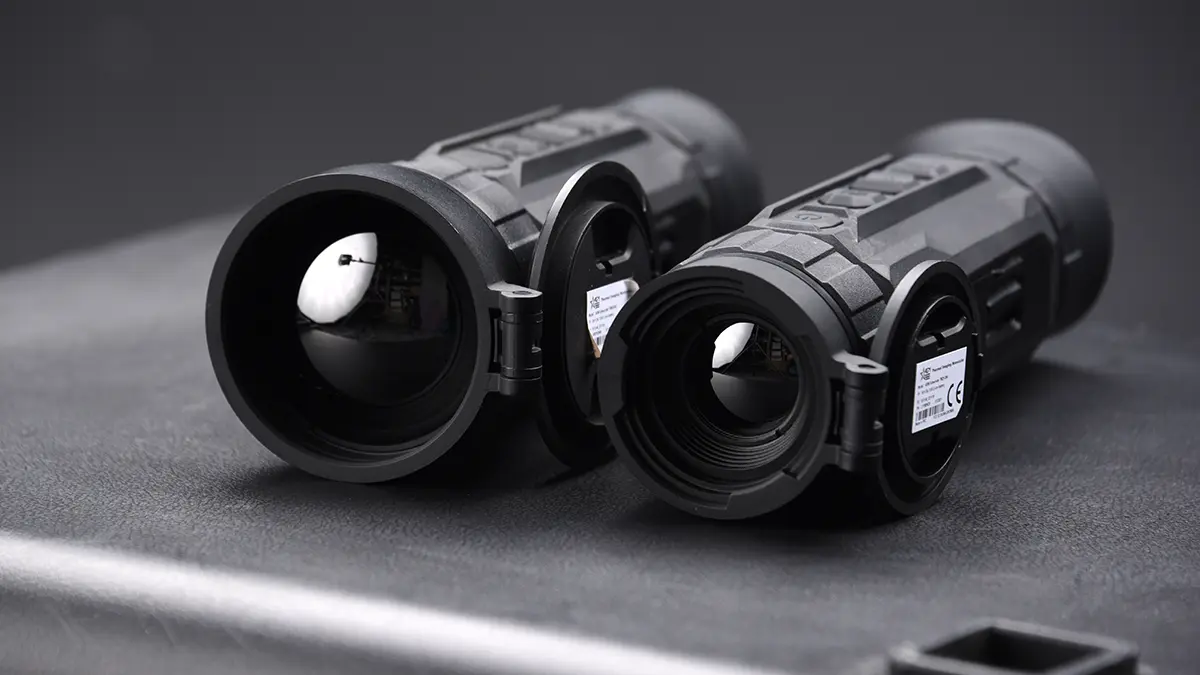
These thermal scopes like digital cameras are essentially small computers capable of rendering images and providing additional user interfacing features and functions.
The image processor quality is important in providing good quality images on your display, and in making sure your frame rate and refresh rate are good so you can get a live feed of everything your sensor is picking up.
A quality Image processor makes it possible to provide valuable software updates and the ability to add additional display features in the future as they’re developed.
Having a higher-quality display with a good refresh rate Is very important to ensure you have a smooth image, especially with moving targets and visual identification at further distances.
(Display refresh rate is different from processor refresh rate. More information on that will be given in a more in-depth blog post)
Both your Image processor and your digital display work hand-in-hand in providing a smooth video feed while using your thermal scope.
Nearly all of AGM’s Thermal Imaging Devices along with many others in the industry come equipped with the ability to take photos, video, and/or audio recording.
Each device equipped with video and audio recording typically comes with 64 GB of internal memory.
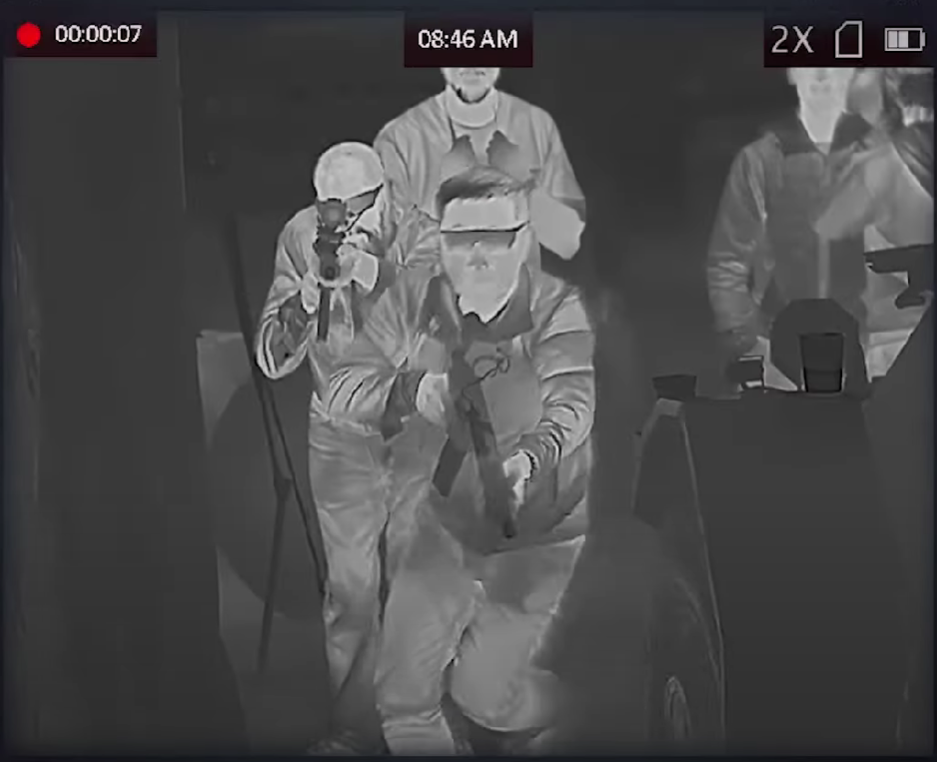
The detection Range is determined by all the previously mentioned specifications such as sensor sensitivity, resolution, lens size, and display quality.
A Thermal scope detection Range is normally specified as the furthest possible distance that a thermal scope can detect temperature variations.
It is important to remember that detecting a target or object is different from the identification range. Typically, scopes with a better detection range also have a better target identification range.
Different from the detection range, the Identification range is used to describe the furthest distance where the user is still able to identify or determine what exactly they’re looking at after detecting a temperature variation.
From too great of a distance, it might be difficult to tell if a detected target is the farmer's dog or a wild coyote. That is why it is always important to be aware of your identification capabilities before taking the shot.
A higher resolution and refresh rate means you’ll have a much smoother image, especially when you’re tracking moving or running targets like coyotes or hogs.
Inherent level of magnification that a thermal scope provides without utilizing any digital or optical zoom. It determines how much closer the viewed object appears compared to the naked eye. For example, a base magnification of 2x means that the image will appear two times closer than it would without any magnification.
Each Thermal Optic and scope will have specifications about its waterproof ratings and drop test ratings. AGM Thermal Optics and Digital Night Vision Scopes hold an IP67 rating from the International Electrotechnical Commission (IEC)
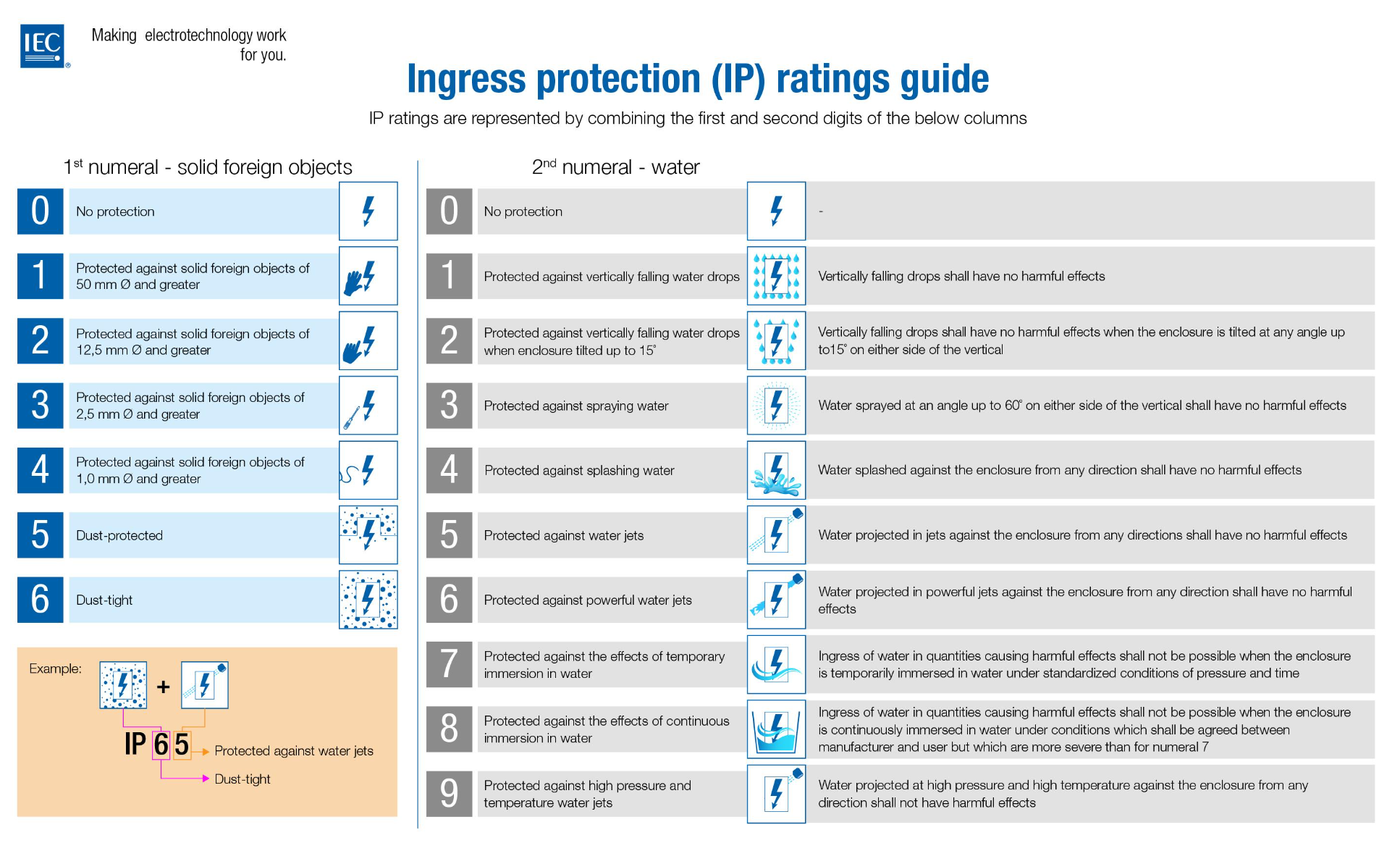
Operating temperature ranges are important to be aware of. Although AGM’s thermal scopes and clip-ons are much more durable than standard commercial thermal devices. extreme hot, cold, or humid climates can affect the effectiveness and clarity of your thermal scope.
No one likes it when a battery goes dead at the worst times. Thermal Scopes and Optics typically run CR123 or 18650 Batteries. Giving you the highest possible battery life while still saving weight.
Many AGM Thermal Scopes have a USB-C port for uploading videos that also doubles as a charging port. This makes it possible to connect an external battery bank to your device and double or even triple your battery life.
The lens size, sensor size, and base magnification affect a scope's field of view.
The field of view spec gives you information on how much of the landscape you can see through the optic.
Field of view measurement specifications are normally shown in how many degrees up and down, and from right to left you can see if you were looking straight ahead. I.E. The AGM Rattler TS35-640 has a FOV of 12.5° × 10.0° at its base magnification.
Thermal Imaging detects heat radiation variations and translates those wavelengths into a colorized representation that can be seen by the human eye.
Night Vision detects visible or ambient light at night and amplifies it giving us a clearer picture of what lies in the dark. If there is too little ambient light to be amplified, IR spotlights can be used to supplement the area just like a flashlight would.
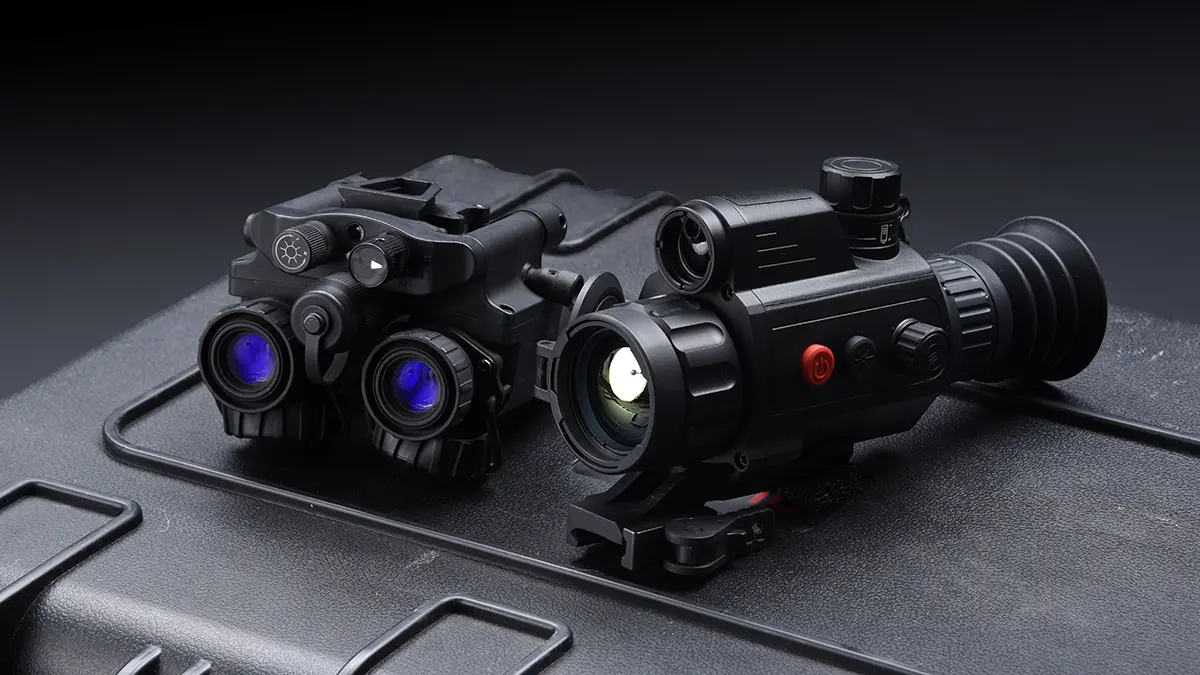
Because thermal radiation or Infrared Waves can’t be seen by the human eye, You have control of how you would like to view the visual translation of the heat variations on the display of your Thermal Device.
The different “filters” or Image Interpretations are called Color Palettes.
The most common Color Palettes with AGM Thermal Optics are as follows
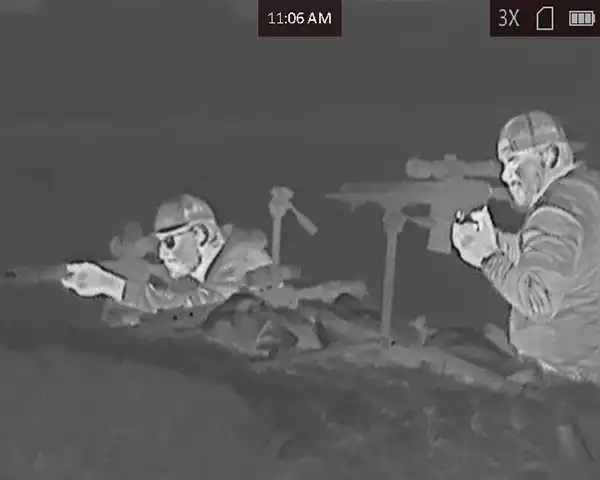
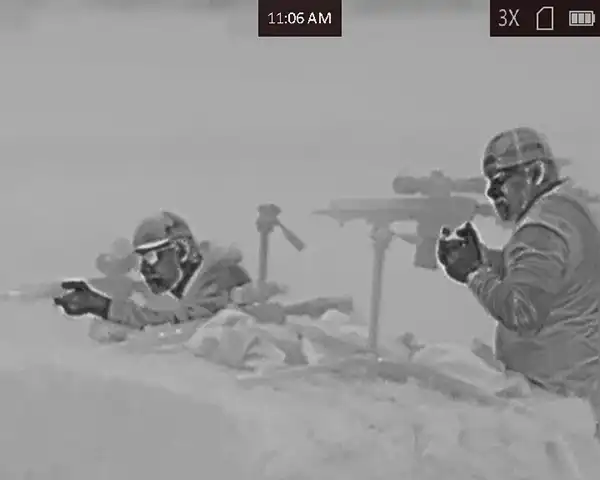
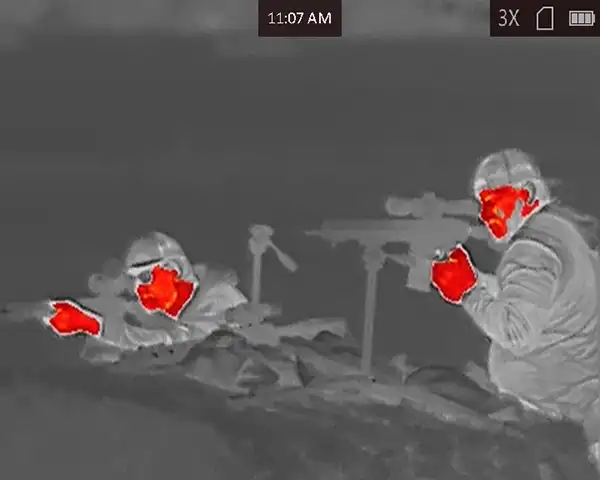
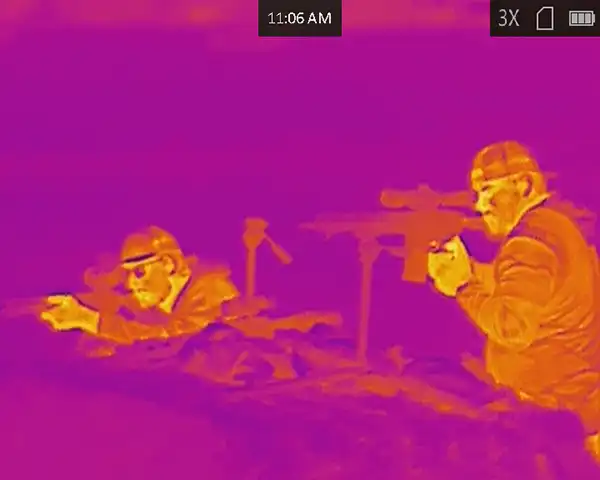
Some of the first reported uses of thermal imaging for detection applications date back to 1914 when the first patent was filed for visual thermal radiation detection,
By 1929 a thermal camera was being used by the British air defense for military applications which then spread to other countries. Since then Thermal Imaging Technology has come a long way becoming more and more affordable and accessible.
Each state and state county has its laws and regulations regarding night hunting, the use of thermal optics, predator and varmint hunting, and much more. It is important to do the research and find out if there are any restrictions in your area before hunting with your thermal optic.
Each Thermal Optic comes with a lens cloth to remove any debris, and all thermal scopes are equipped with lens caps/covers to protect your lens when its not being used.
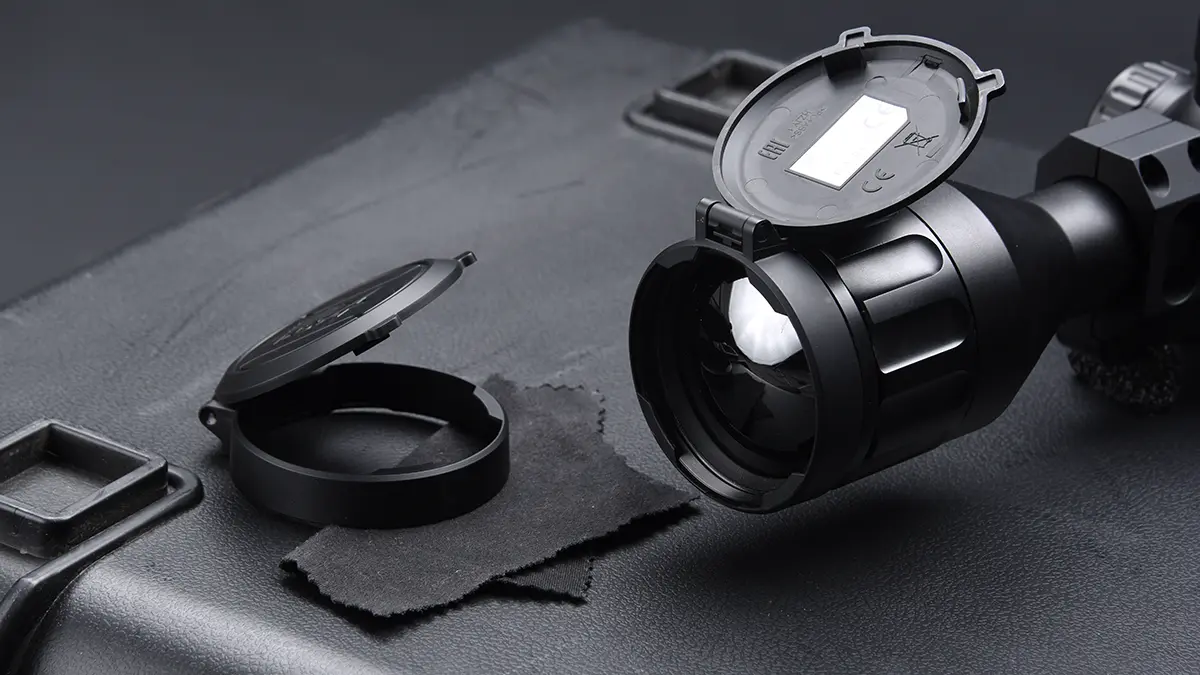
It is recommended to remove the batteries in your thermal device if you plan to store it for long periods of time
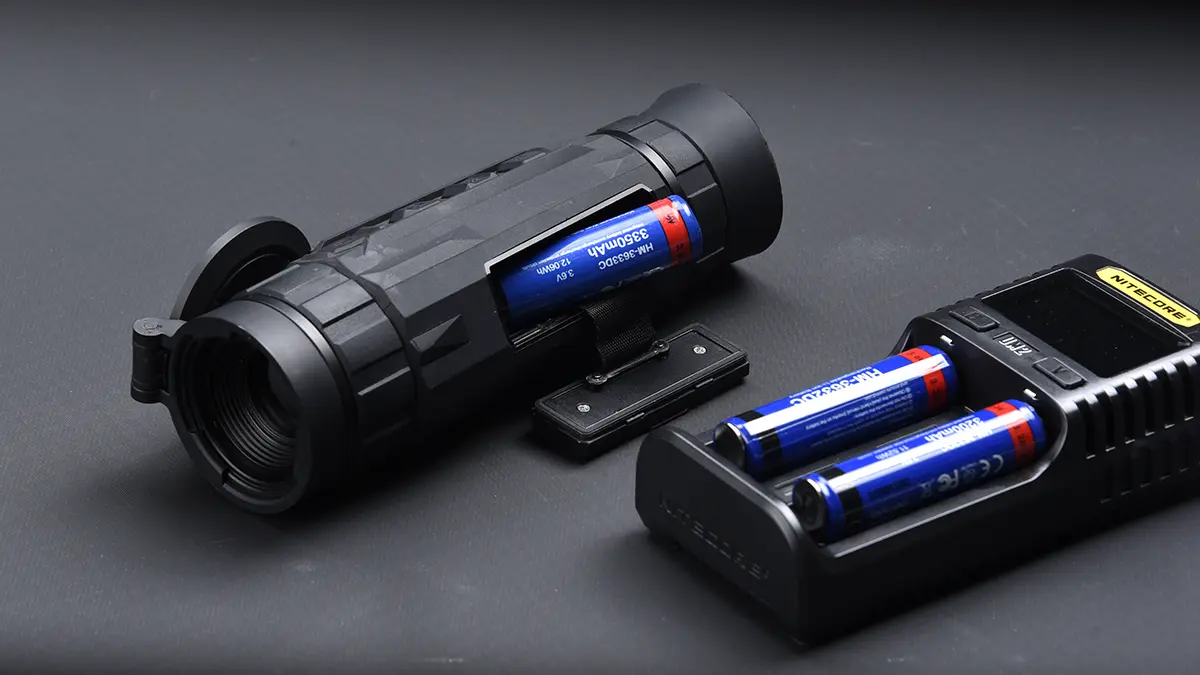
All Thermal Scopes, Monoculars, and Binoculars with a higher resolution that are purchased from AGM after January 1st, 2023 come with a 5-year warranty.
New firmware updates for your Thermal Scope can normally be done at home directly from our website.
Facebook groups and Online forums are growing by the day in support of AGM Optics users with a lot of valuable information and customer experiences.
AGM USA’s YouTube channel provides zeroing tutorials, specification comparisons, and much more.
Customer Service and Technical Support can be reached by phone or messaging for any additional questions.
All of our weapon-mounted optics come with a Quick Disconnect Mount manufactured by the famous American Defense Manufacturing Company. These Quick Disconnect mounts allow you to take your Thermal Scope off your rifle, use it as a handheld scanning device, and then quickly reattach many different rifles without losing zero.
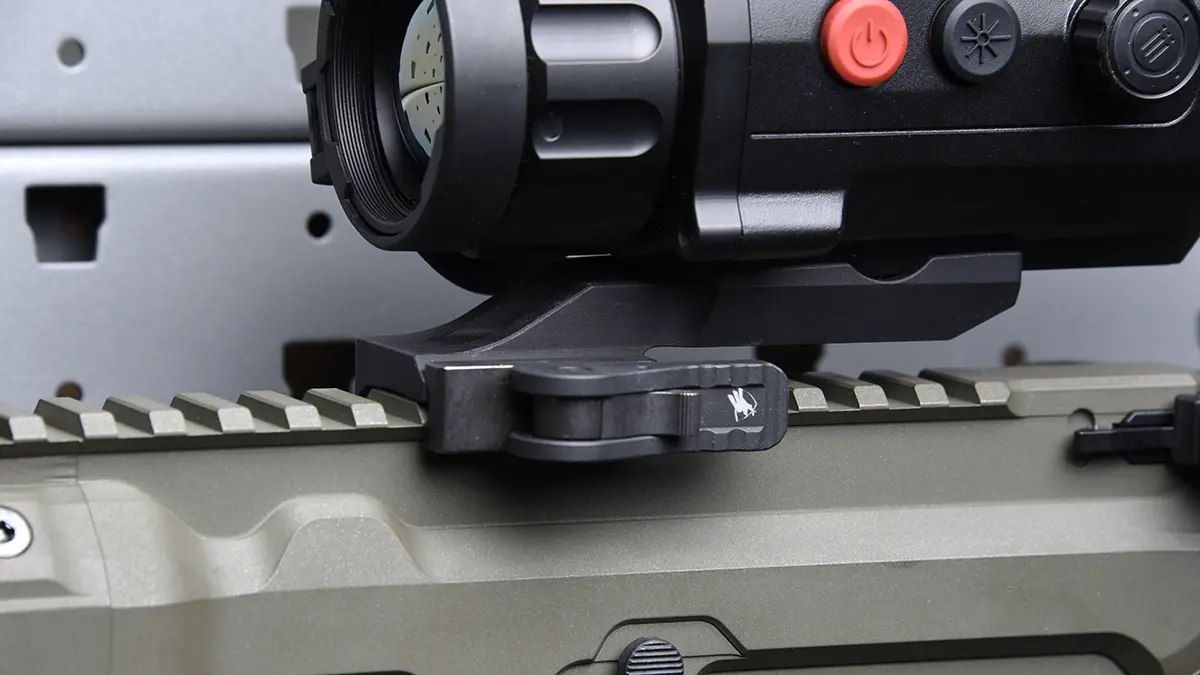
All of our Thermal and Digital Night Vision optics are compatible with most aftermarket external power banks. Refer to the owner's manual of your specific scope to be sure that you have toggled to the correct power usage setting for a power bank.
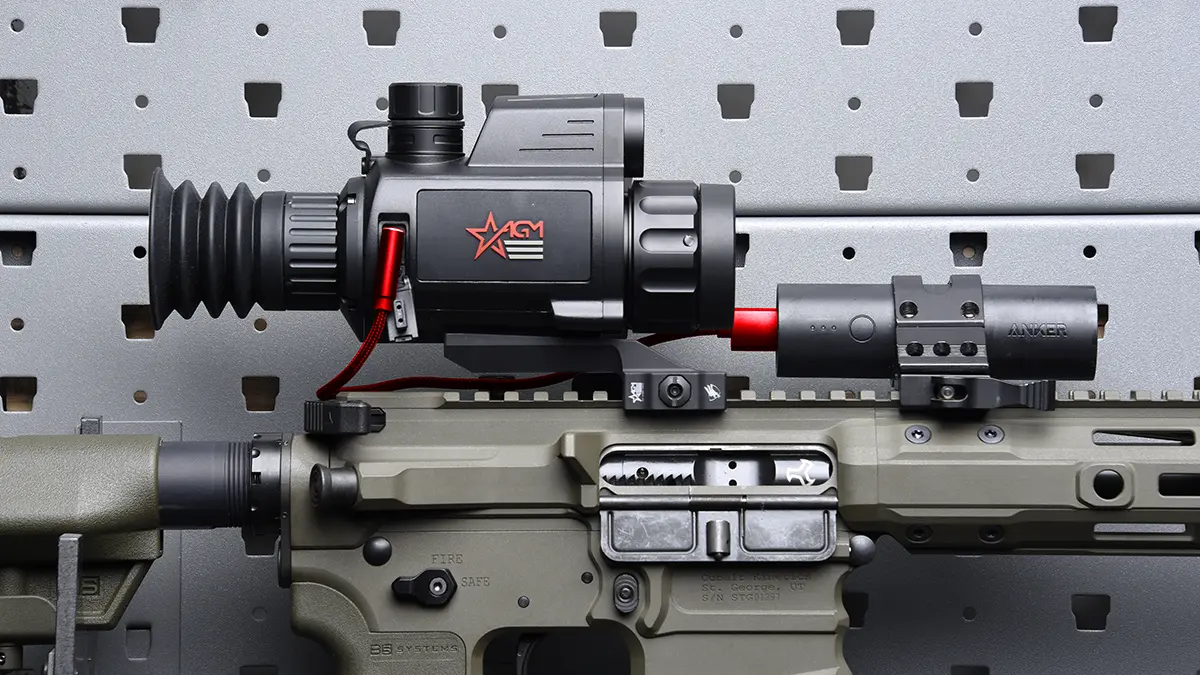
Each of our products comes with its own customized carry case to keep your optic protected during transportation and storage. Each carry case comes with additional storage for backup batteries, charging cables, and other support equipment
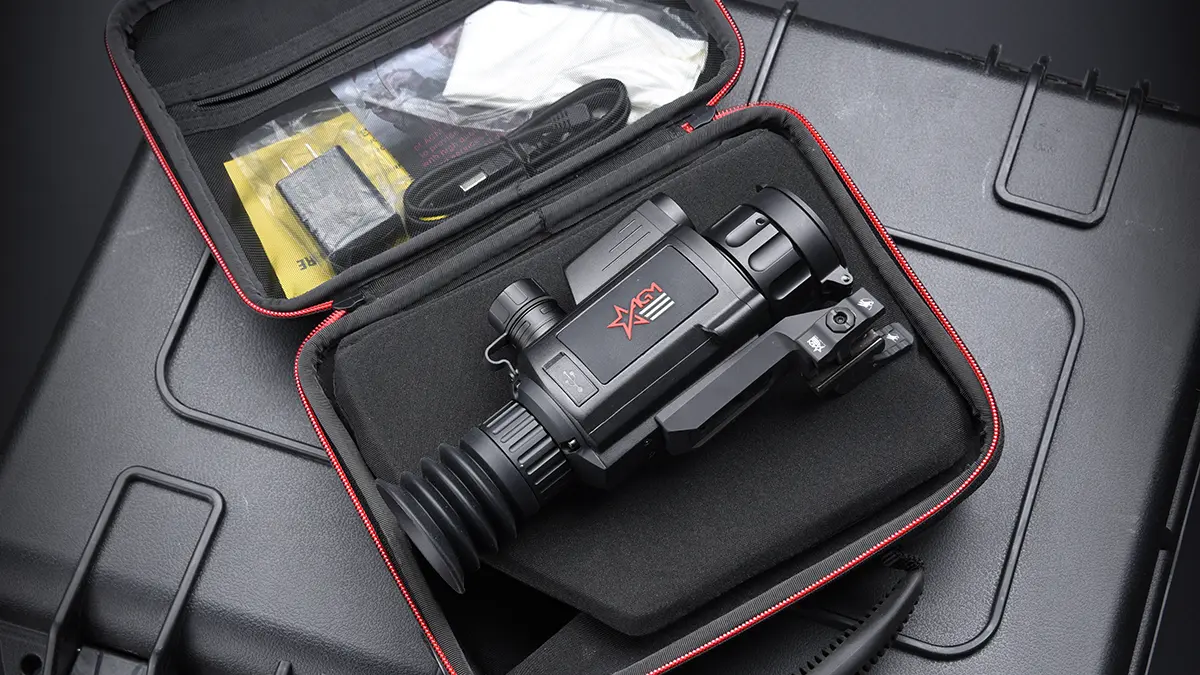
That's a Wrap!
For all of you experienced night hunters out there, share your comments below about other information you think beginners should know!
For all you beginners looking at getting your first Thermal. Post your questions, thoughts, and concerns! We'd love to hear from you!
Modified: Jul 18, 2024 | 11:32 pm
Table of contents